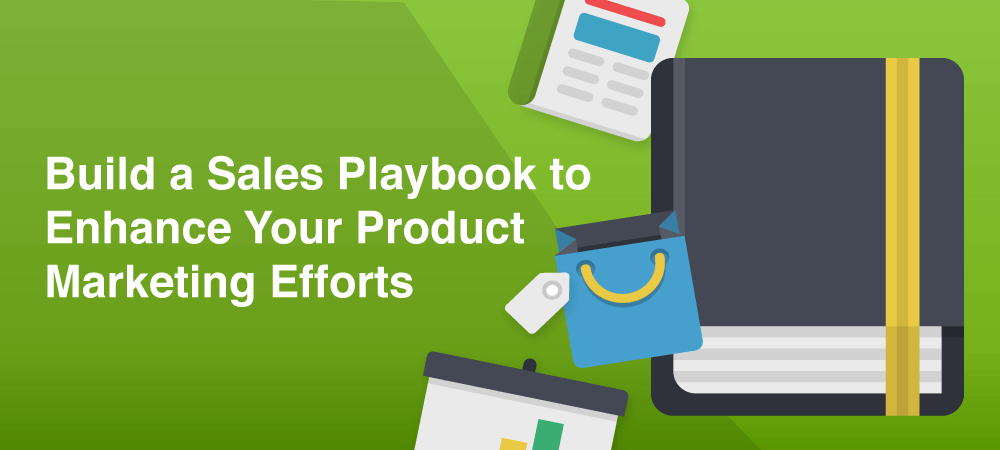In our recent webinar, Rod Griffith, president of B2B marketing firm MarketReach Inc. shares how to Transform Your Customer Relationships Using the Right Sales Collateral. No doubt about it: having the right visuals to support the sales cycle is imperative for great success. But before working on collateral, you need to step back and do a couple of things. One is to create a map that links to the buyer’s journey; the other is to build a sales playbook for your internal team.
What Is a Sales Playbook?
If you’re familiar with sports, you’ve probably heard of a playbook. In football, for example, the coach has a series of plays that can be used depending on the goal of that down, quarter or game. Through the use of the playbook, each team member understands their role and how everyone works together to complete the down or win the game.
A sales playbook works in much the same way.
When the sales leader develops the sales playbook, they are outlining what each person’s role is and how the team interacts to move customers through the sales journey. While it originates in sales, the playbook may well interact with other departments to ensure a comprehensive approach to getting customers to buy.
Many organizations take a shoot-from-the-hip approach to creating sales collateral. When they notice an upcoming event on the calendar, they scramble to create something to promote it. A sales playbook eliminates this haphazard way of moving forward by developing a strategy.
The Components of a Sales Playbook
As Rod notes, there are multiple components included in the sales playbook. He lists them as:
- Executive summary
- Review of the opportunity
- Target customers and profiles
- The company’s current market presence
- Customer environment
- Primary customer pain points
- Product overview
- Positioning within product portfolio
- Positioning among competitors
- Target decision makers and profiles
- Identifying opportunities and qualifying questions
- When to walk away
- Typical sales cycle and decision process
- Primary customer purchase criteria
- Sales strategy and customer approach
- Business value messaging
- Personal value messaging
- Why we win
- Why we lose
- Key qualifying questions
- Primary competitors
- Overcoming expected objections
- Why choose us?
- Customer benefits and expected time to benefit
- Addressing the decision to do nothing
- Addressing decision delays
- Critical variables and risks
- Sales tools and collateral
- Resources and sales assistance
This may sound like a lot of components—and it is—but it’s a nearly exhaustive list. Sometimes, we don’t drill down as much as we should because we think sales “just happen.” But if we want to get a good hold on why and how sales actually happen, we need to get to this level of observation and planning. Drilling down helps in determining what the roles are and who is responsible for each task.
The Importance of Documentation
While you may understand the need for a sales playbook, if it is your first time developing one, the task can feel daunting. After all, there are nearly 30 components to consider and include.
But consider what could happen if you don’t develop a sales playbook. Maybe nothing. You might continue doing what you’re doing, throwing noodles at the wall and hoping they stick. But is that how you want to run your business?
When you have a documented playbook, you shed light on all aspects of the sales cycle. Each person knows their role and there is inherent accountability. In addition, documenting progress will keep the management team happy. Clearly, that’s a win-win.
To learn more about sales playbooks and the part they play in building strategic sales collateral, listen to Rod Griffth’s Transform Your Customer Relationships Using the Right Sales Collateral (http://pragmaticmarketing.com/resources/Transform-Your-Customer-Relationships-Using-the-Right-Sales-Collateral).
Author
-

The Pragmatic Editorial Team comprises a diverse team of writers, researchers, and subject matter experts. We are trained to share Pragmatic Institute’s insights and useful information to guide product, data, and design professionals on their career development journeys. Pragmatic Institute is the global leader in Product, Data, and Design training and certification programs for working professionals. Since 1993, we’ve issued over 250,000 product management and product marketing certifications to professionals at companies around the globe. For questions or inquiries, please contact [email protected].








